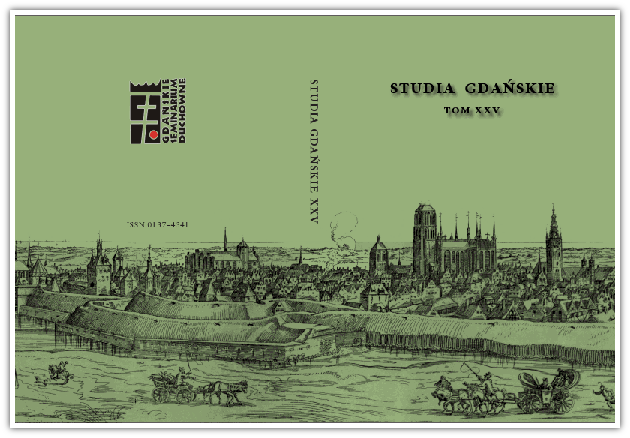Rosyjskie wyobrażenia geopolityczne – Skandobizancjum
Russian Geopolitical Vision – Scandobyzantium
Author(s): Jakub PotulskiSubject(s): Social Sciences, Theology and Religion
Published by: Gdańskie Seminarium Duchowne, Kuria Metropolitalna Gdańska
Keywords: Russian Geopolitical Vision; Scandobyzantium
Summary/Abstract: The political events – negotiations and manifestations, wars and conflicts, elections and strikes – are communicated with the image of geopolitical space, where the events go on. The provident power allows for constant work with these images. The power appropriates the space by the geographical images. Geographical images forming and development in the different fields of social and political activity. “Geopolitical visions” and “geographical imaginations” usually is defined as: any idea concerning the relation between one’s own and other places, involving feelings of (in) security or (dis)advantage (and/or) invoking ideas about a collective mission or foreign policy strategy. A geographical imaginations also can be defined as the way in which influential groups in cultural life of state define that state and notion within the world. It addresses the primary acts of identification and boundary-formation that population groups within a state engages. The modelling of geographical images is an effective method of geopolitical development representations. Political researches operate with the political and politico-geographical space. These kinds of space aren’t equivalent of original and traditional geographical space. This is an anamorphical (transformed) space, and the relief of this space is the result of geographical images interaction. It’s not only visual representations or pictographic images (pictures). In a broad sense, geoimages are effective concepts to represent geopolitical processes. The state of Russia does not have a single geopolitical imagination. Rather exist a few separate imaginations. National identity, the question of what and who is Russian, has never found a straightforward answer. One of the most important images of Russia is image Russia-Byzantium, it’s the main Russian geopolitical metaphor. Byzantium (during the Middle Age Byzantine Empire was one of the most powerful economic, cultural, and military force in Europe), and the Orthodox Church (in popular view of Byzantine Empire Byzantine culture and Orthodoxy are one and the same), play big role in a political mythology in Russia. This vision is coming back on the Russian political and intellectual scene in the aftermath of the collapse of the Soviet Union. The resurrections of the metaphor in post-soviet Russia let to the rise of neo-byzantinism ideology. In neo-byzantinism vision Russia is the successor of the historical mission of Byzantium; the main principle of Russian statehood is the symphony of authorities, unity of the state and church. Orthodoxy is the state religion; the main geopolitical goal of the empire expansion of the Orthodox tradition, construction of the Eurasian Orthodox empire at the scale of the whole globe.
Journal: Studia Gdańskie
- Issue Year: 2009
- Issue No: 25
- Page Range: 237-244
- Page Count: 8
- Language: Polish

